Manly Cove: Hotspot for tiny toxic contaminates fouling our beaches
A popular swimming spot on the northern beaches been named as a contamination “hotspot” for tiny toxic microplastic waste.
Manly
Don't miss out on the headlines from Manly. Followed categories will be added to My News.
A popular swimming spot on the northern beaches has been named as a contamination “hotspot” for toxic microplastic waste.
The sand along the shoreline of Manly Cove has more than 4000 pieces of tiny plastic particles per square metre. The particles can contain chemicals toxic to humans.
Manly Cove has received a “high” microplastic waste rating based on the latest data compiled by the Australian Microplastic Assessment Project (AUSMAP).
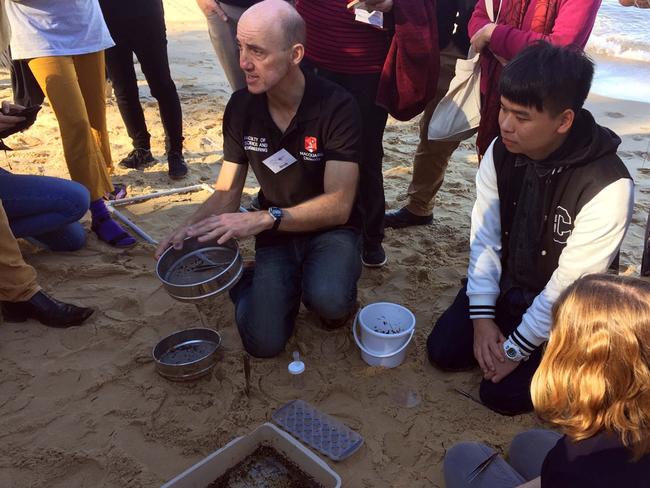
Newport Beach is the next worst on the list, but it had only 360 pieces of microplastic per square metre, followed by the lagoon at North Curl Curl with 150 psm.
Through AUSMAP, researchers at Macquarie University, along with dozens of volunteer “citizen scientists”, measure how many pieces of plastic between 1-5mm are found on shorelines, deposited by high tides and washed down waterways and stormwater pipes.
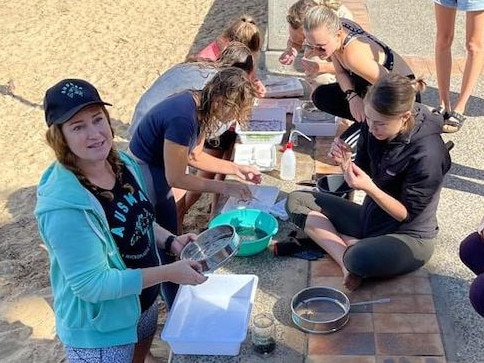
Plastic, such as drink bottles, takeaway food containers, fishing gear, even synthetic clothing fibres, never disappears but instead breaks down into smaller and smaller pieces. When marine life ingests microplastics they can absorb toxic chemicals like pesticides, as well as heavy metals such as lead and cadmium, which can then enter the food chain.
AUSMAP research director Scott Martin said the results help beachgoers to pinpoint microplastic hotspots and low-pollution beaches.
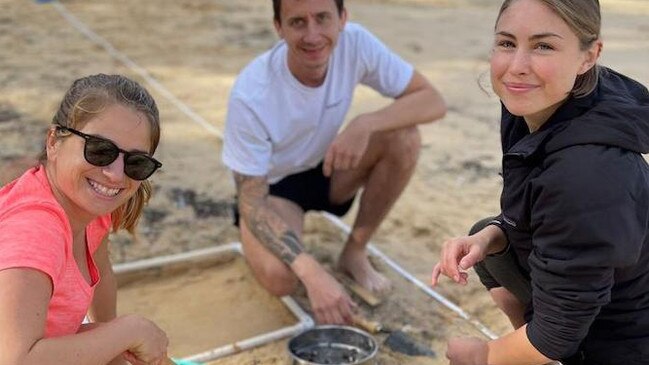
Dr Martin said the AUSMAP data also helps track down the source of the plastics.
Tiny pieces of household green wheelie bins, broken off during kerbside truck collections, and artificial grass from sporting fields were among the particles turning up at Manly Cove. Micro pellets, used in the manufacture of plastic products in the Cromer area, have been collected in Dee Why Lagoon.
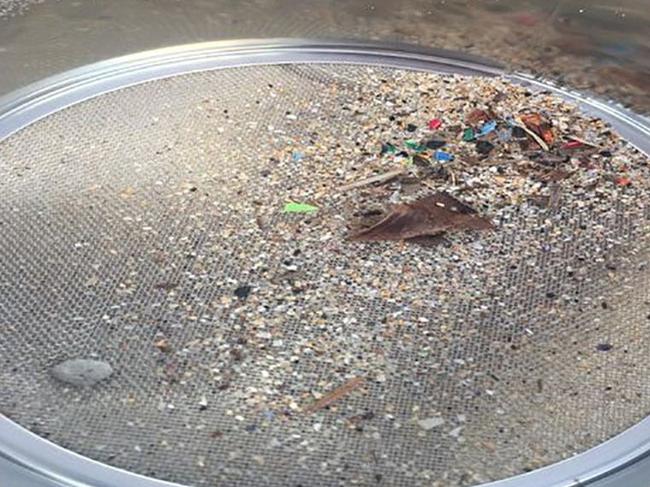
Dr Martin said researchers also put nets into stormwater outlets in smaller creeks and tributaries to see which part of the catchment that drains into a beach is contributing to a hotspot.
The next step involves programs to educate residents and businesses about what is coming off their streets – and where it ends up.
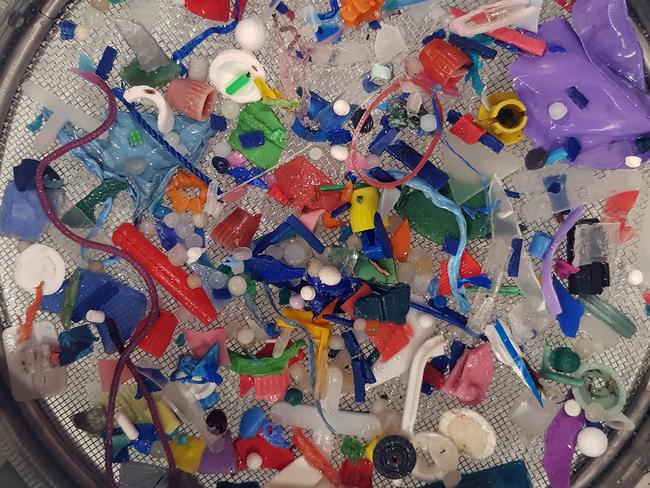
“We live in a plastic world,” Dr Martin said.
“Manly is a great site for for telling us what is happening in the broader Sydney area.
“We don’t know yet what the long-term effects will be from ingesting microplastics and how much of these harmful chemicals will find their way into humans,” Dr Wilson said. “What we do know is that we can’t wait around to find out how bad it is. AUSMAP will help us to track where microplastics are coming from so we can stop it at the source.”
Take a look at this interactive hotspot map to check where microplastics have been found on a beach near you.





